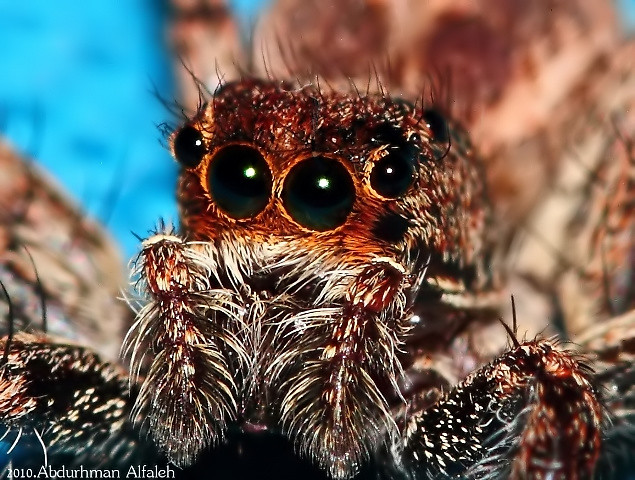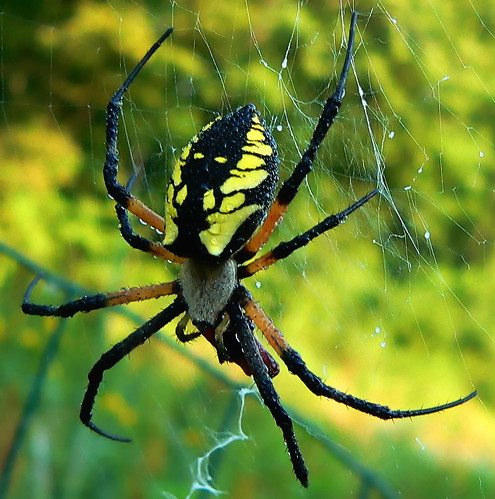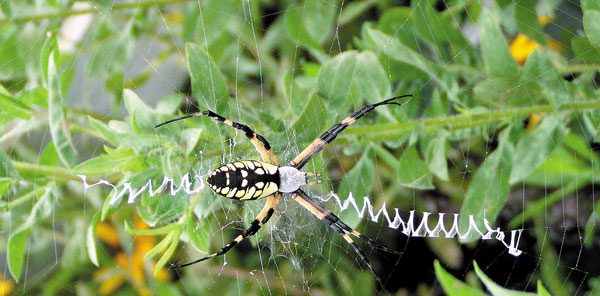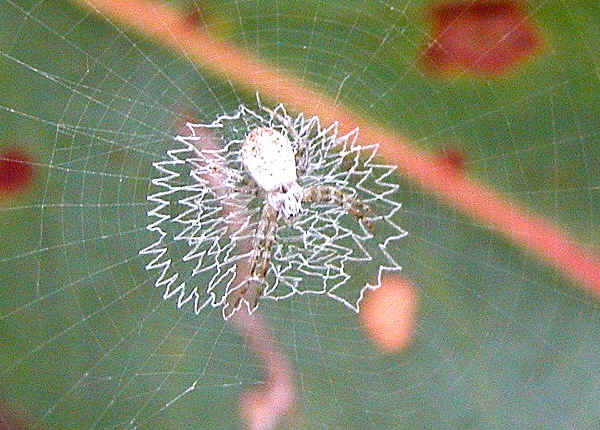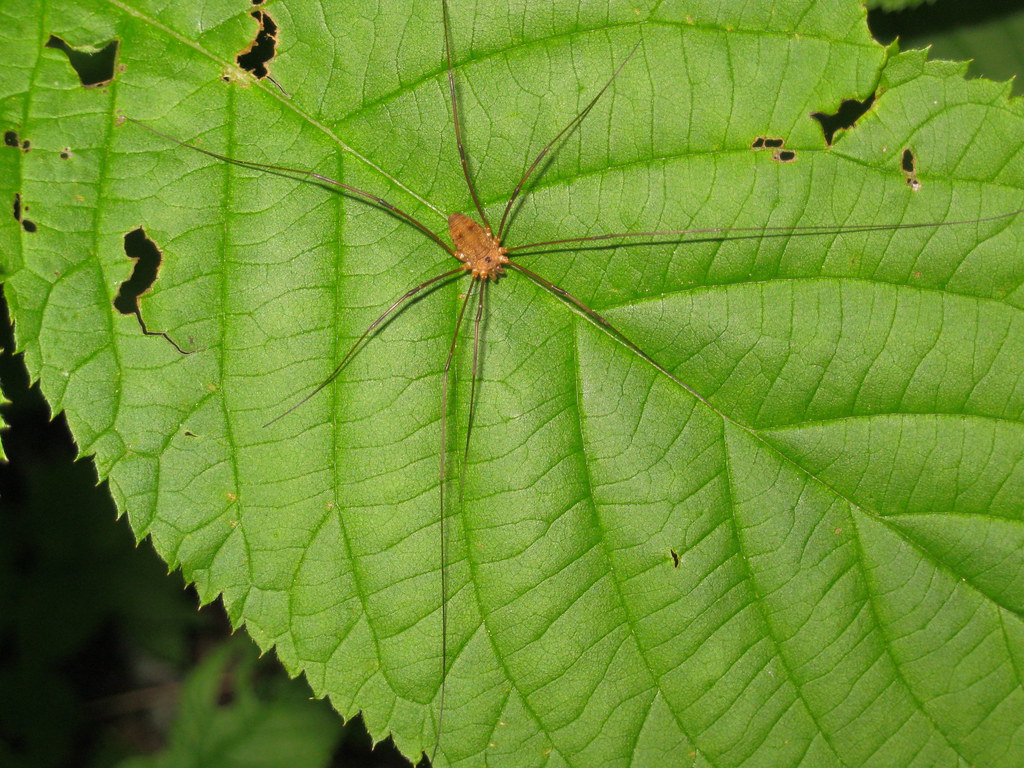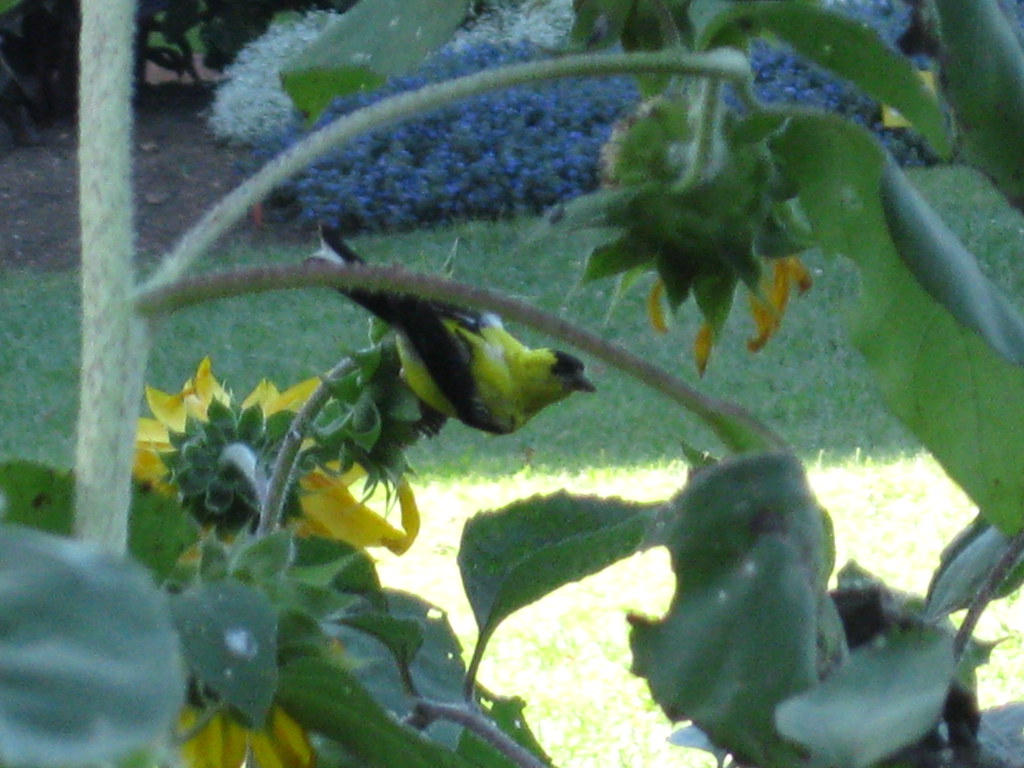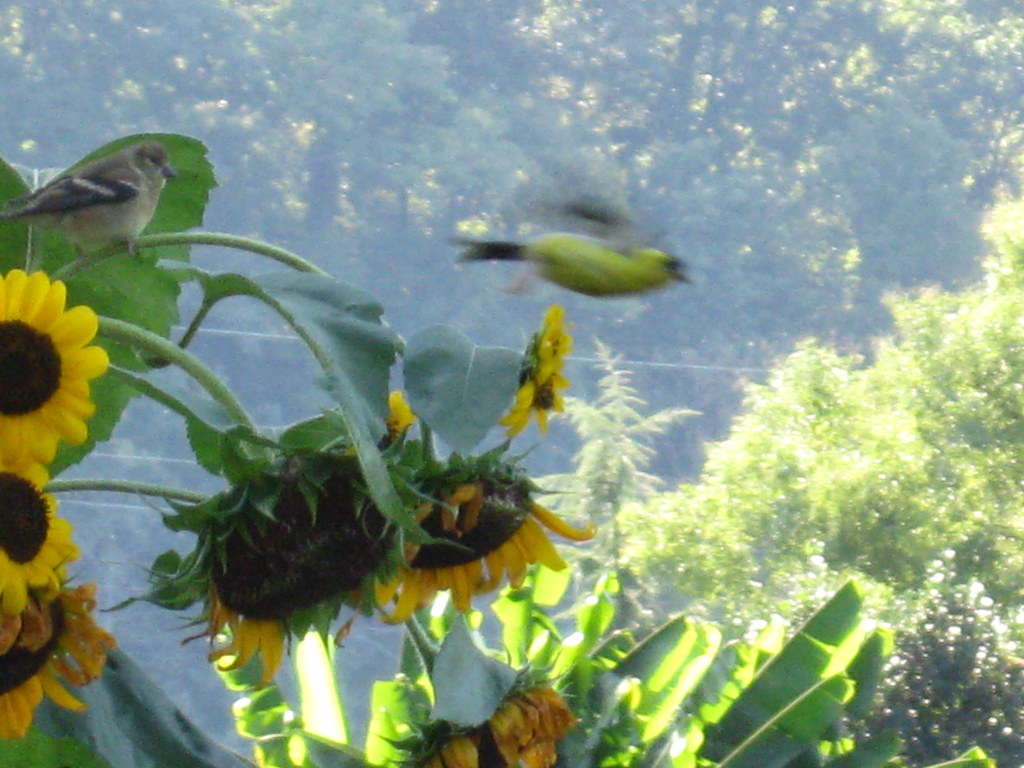This looks like a very odd contortion, right? For you, it might look crazy, but to a bat, it's perfectly normal! They even sleep upside-down!
Bats are nocturnal, meaning that they hunt at night and rest during the day. They hunt moths, mosquitoes, and other small flies. How do they see their prey in the dark? The answer is, they don't see it! Instead, they use echolocation. This the pattern of sound waves that result from an extremely high-pitched noise. Bats send out a noise too high for our own ears to hear, and judge by the way the sound waves bounce off of their surroundings to see if prey is there. This also helps determine whether there is a tree intercepting the bat's path so it doesn't crash.
However, not all bats rely on echolocation. The majority of them do, but some locate prey by hearing. Not surprisingly, they have huge ears! Here is a picture of one:

These bats can perfectly detect the sound of a moth's wingbeats, but what if the moth is stationary? It can't hear the moth if it doesn't make a sound, so it cannot locate it. Even if it is on a leaf and moves, the bat will hear it but fail to find which side of the leaf it is on.
Not all bats prey on moths and other insects. Some have the most surprising diet--- fruit! The fruit bats, also known as flying foxes eat fruit(hence the name fruit bat). They do not use echolocation to find fruit. These bats will also drink nectar from flowers. In fact, they serve as pollinators for specific plants. This symbiosis between plants and bats is known as chiropterophily.




